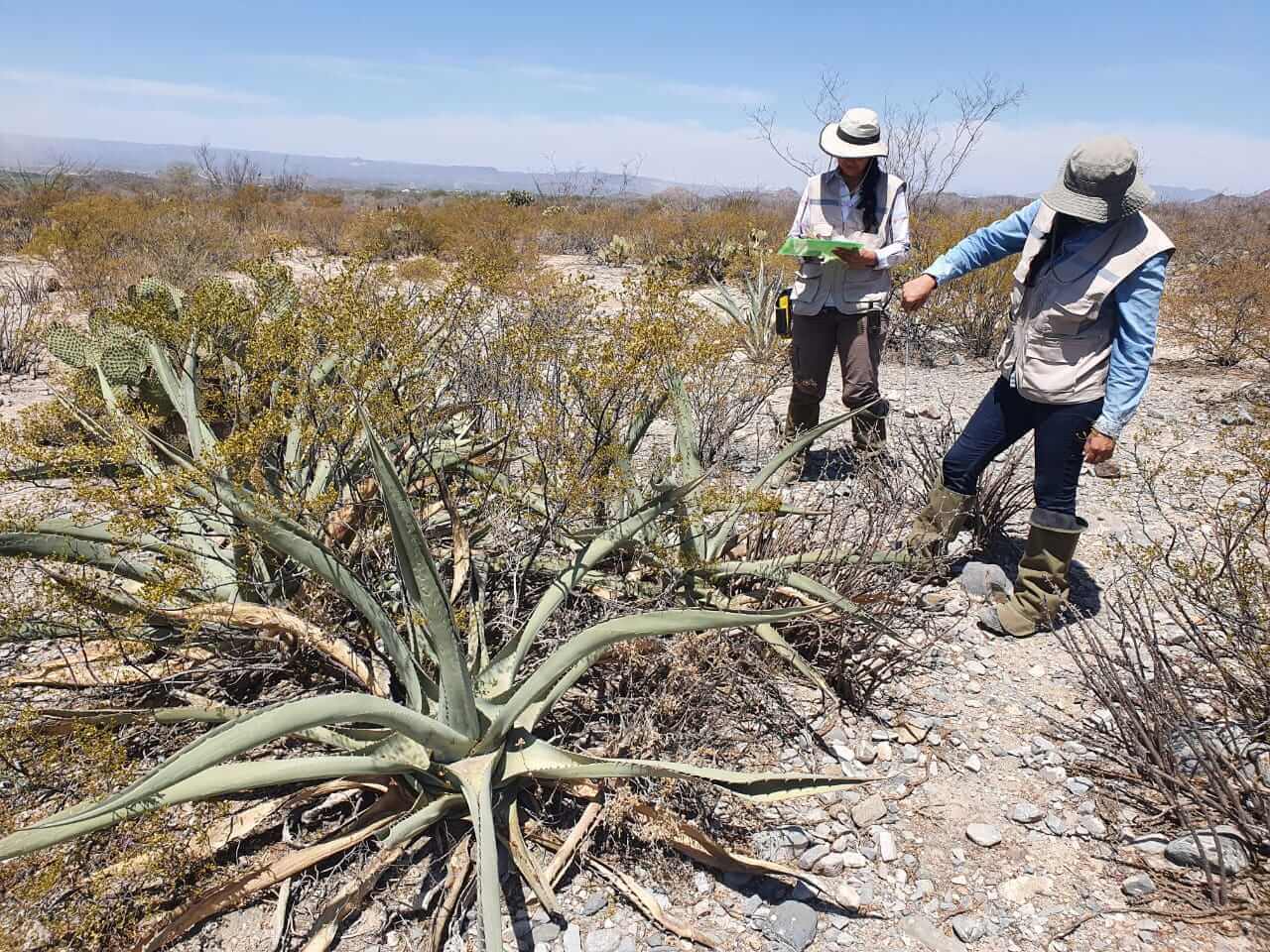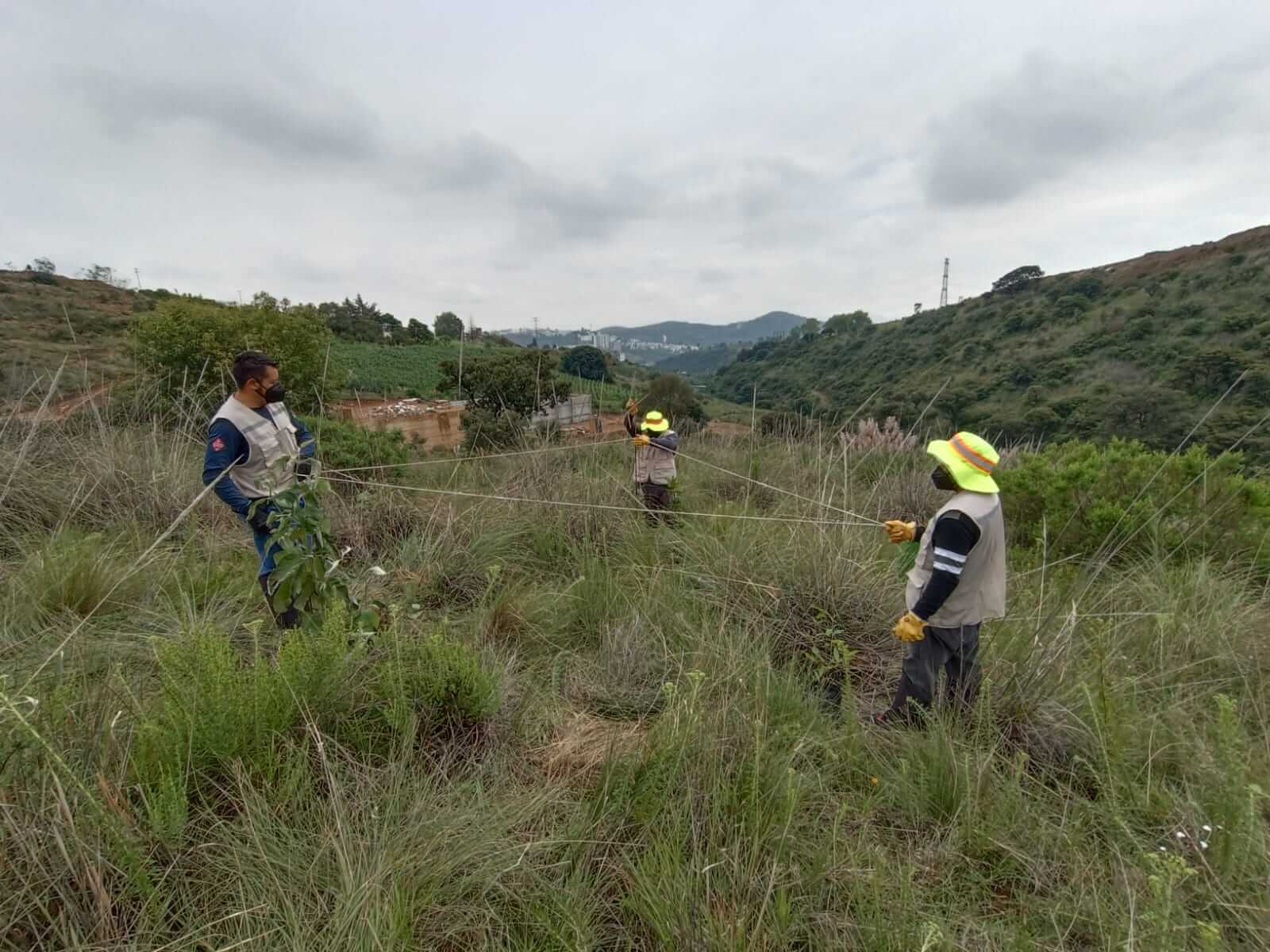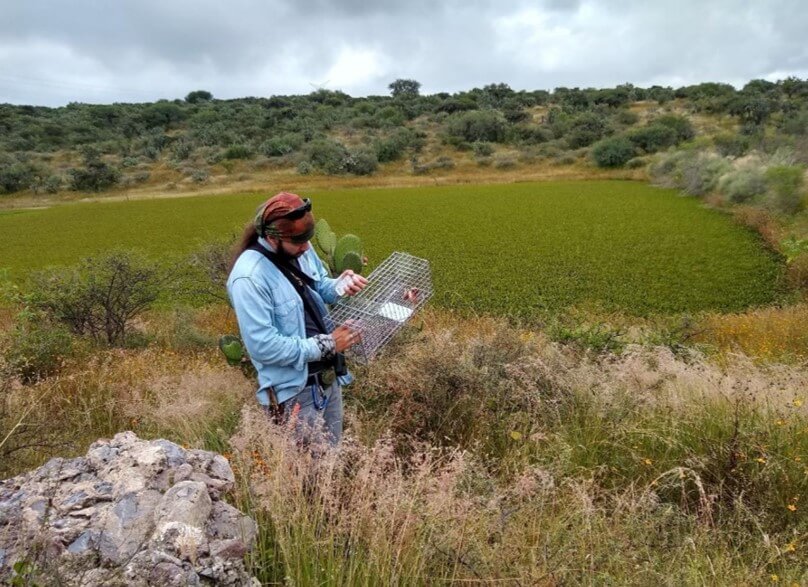Environmental Impact Statement (EIS)
The growth and development of industrial, infrastructure, renewable energy, manufacturing, and other productive sectors are essential for economic progress. However, this growth also comes with significant responsibility: protecting the natural environment in which these projects are developed. Anthropogenic activities, especially large-scale construction and infrastructure projects, can generate significant negative impacts on the environment if not properly managed. For this reason, the Environmental Impact Statement (EIS) has become an essential tool to ensure that economic development is compatible with sustainability and the conservation of natural resources.

At our consultancy, we offer a specialized service in the preparation of EIS for large companies, real estate developers, and governments that need to comply with current environmental regulations and ensure the ecological viability of their projects. Our team of experts in environment, sustainability, and urban development works closely with our clients to ensure that their projects not only meet legal requirements but also integrate harmoniously with the natural environment, contributing to the preservation of ecosystems and improving the quality of life for local communities.

What is an Environmental Impact Statement (EIS)?
The EIS is a technical-scientific study aimed at evaluating the environmental impacts that a project may generate on the natural environment. This study not only identifies the negative effects that a project or activity may have on the environment but also proposes preventive, mitigation, or compensatory measures to minimize such impacts.
According to current regulations in Mexico, the EIS is an environmental policy instrument designed to ensure that any project likely to generate a significant impact on the environment is evaluated before its approval and execution. This process, managed by the Ministry of Environment and Natural Resources (SEMARNAT) or other local environmental authorities, is crucial to ensuring the long-term sustainability of investment projects.

Why is the EIS Important?
The preparation of an EIS is a critical step in ensuring the ecological viability of any project. This process is preventive and aims to identify, before project execution, the potential negative impacts that the project may have on the environment and human health. This allows companies and governments to make informed decisions and adopt corrective measures to avoid or minimize such impacts.
Among the most notable benefits of the EIS are:

Regulatory Compliance: The EIS is an indispensable legal requirement for the execution of many large-scale projects. Non-compliance with this requirement can result in legal penalties, construction delays, or even the complete suspension of the project. A well-prepared EIS ensures that the project complies with current environmental regulations.
Environmental Viability: By conducting a detailed assessment of environmental impacts, the EIS determines whether a project is ecologically viable. It also helps identify specific measures that can improve the project's integration with the natural environment, contributing to long-term sustainability.

Ecosystem Protection: Through the identification and evaluation of environmental impacts, the EIS helps protect ecosystems and natural resources, preventing environmental degradation and promoting the responsible use of resources.
Social Acceptance: The EIS also fosters social acceptance of the project by ensuring that the environmental and social concerns of local communities are taken into account. This can prevent conflicts and ensure a better relationship between project developers and affected communities.
What Does an Environmental Impact Statement Include?
The process of preparing an Environmental Impact Statement involves the comprehensive collection of technical and scientific information about the project and the environment in which it will be developed. Below are the main components of an EIS:

Project Description: This section includes a detailed description of the project, its objectives, location, dimensions, construction and operation phases, as well as the natural resources that will be used. Potential sources of pollution (air, water, soil) and generated waste are analyzed.
Environmental Baseline: This involves an analysis of the current state of the environment in the project area, known as the environmental baseline. This assessment includes aspects such as flora and fauna, air and water quality, land use, biodiversity, geology, and existing ecosystems. This information is crucial for evaluating the changes the project may cause in the natural environment.
Environmental Impact Assessment: This is the core of the EIS. In this section, the potential impacts that the project may generate on the environment are identified and evaluated. These impacts can be direct or indirect, temporary or permanent, and are analyzed based on their magnitude, duration, and scope. Common impacts include air and water pollution, biodiversity loss, landscape alteration, and soil degradation.



Mitigation Measures Proposal: Once environmental impacts are identified, the EIS must propose a set of mitigation measures to reduce or compensate for these effects. These measures may include the use of clean technologies, reforestation of affected areas, or the implementation of wastewater treatment systems. The goal is to minimize negative impacts and, where possible, turn them into opportunities to improve the environment.
Monitoring and Follow-Up Plan: The EIS must also include a detailed plan for monitoring and follow-up of environmental impacts during the construction and operation of the project. This plan ensures that the proposed mitigation measures are correctly implemented and that environmental impacts remain within acceptable limits.
Risk Assessment In some cases, the EIS may include an assessment of risks associated with the project, such as the possibility of industrial accidents, hazardous substance spills, or natural disasters. This assessment helps identify prevention and emergency response measures, protecting both the environment and human health.
How Do We Work on Preparing an EIS?
Our consultancy specializes in Environmental Impact Statements for a wide range of projects, including real estate developments, solar and photovoltaic parks, hydrocarbons, and large transportation infrastructure and industrial facilities. Our approach is based on sustainability and environmental integration, ensuring that projects not only comply with legal regulations but also serve as examples of environmental responsibility.
Our work process includes:
Comprehensive Project Analysis: We collaborate closely with our clients to understand the technical and operational details of their project. This allows us to prepare an EIS tailored to the specific characteristics of the project, ensuring its environmental viability.
Transdisciplinary Team of Experts: We have a team of professionals in various fields, including biologists, environmental engineers, urban planners, and sustainability specialists, enabling us to address environmental impacts from a comprehensive perspective.
Innovative and Sustainable Solutions: We focus on developing innovative solutions that not only mitigate negative impacts but also promote the long-term sustainability of the project. This includes the use of clean technologies, optimization of natural resource use, and the implementation of circular economy practices.
Transparent Communication with Authorities: We maintain constant communication with environmental authorities to ensure that the evaluation process is smooth and complies with all legal requirements. Additionally, we prepare clear and understandable reports to facilitate decision-making by regulatory bodies.
The EIS is a fundamental tool to ensure that infrastructure and development projects integrate sustainably with the natural environment. At our consultancy, we are committed to providing a comprehensive EIS preparation service that not only meets legal requirements but also promotes sustainability, the preservation of natural resources, and the social acceptance of projects.
If your company or government is planning a large-scale project, do not hesitate to contact us to learn how we can help ensure the environmental viability of your project and contribute to the sustainable development of your community.

